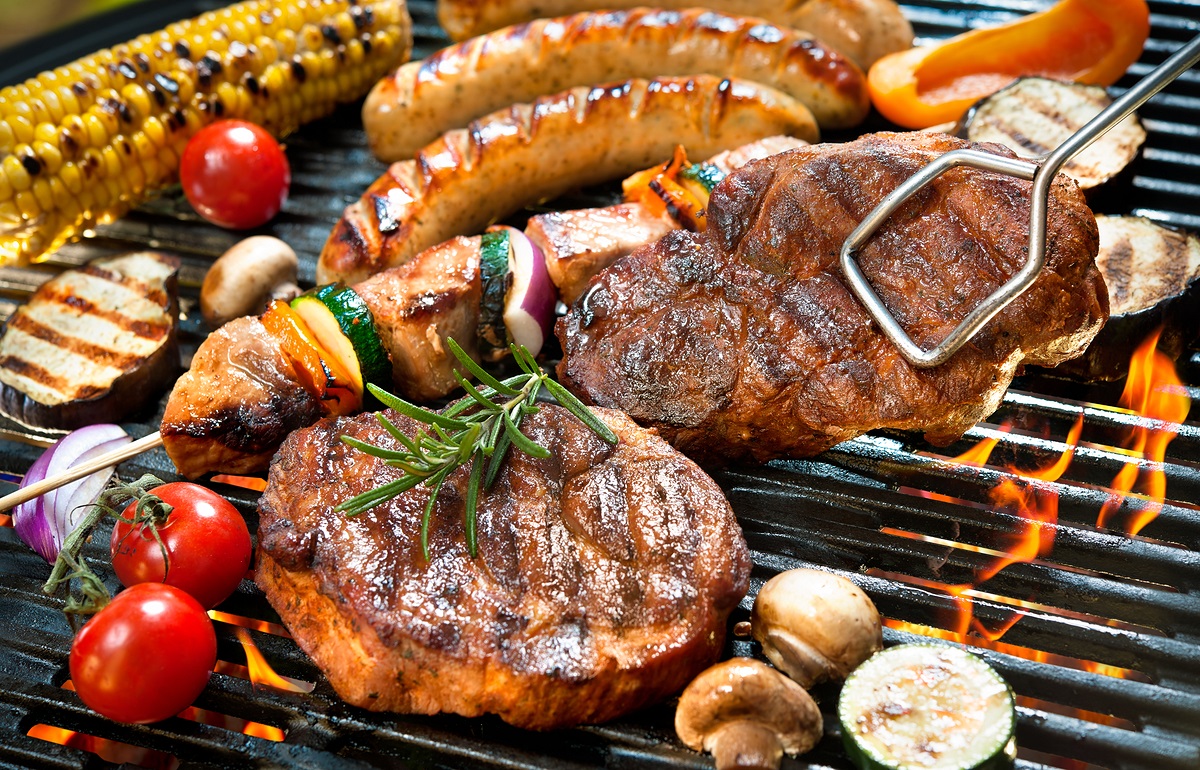One of the best ways to spend a beautiful Sunday afternoon is to fire up the old grill and toss some of your favourite foods on the barbie! Nothing like the beautiful flavours of outdoor cooking.
Do you love to grill just like us? Well, we are not the first. In fact, the Greeks beat us all to it by more than 3,000 years.
Recently, archaeologist Julie Hruby of Dartmouth College presented her research findings on how exactly the ancient Greeks used their grills at the Archaeological Institute of America’s annual conference in Chicago. Hruby’s research centred on her work with ancient souvlaki trays and griddles from Mycenaean-era sites in Greece.
In years past, everyday objects like cooking pots were often thrown away at architectural sites, in favour of more glamorous items like vases or jewellery. But Hruby decided to take a second look at the trays and griddles to help solve some long-standing archaeological mysteries.
For starters, scientists knew the souvlaki trays would have somehow held skewers of roasting meat. But they didn’t know if cooks rested the meat directly on the trays over the fire, or if the trays were meant for hot coals with the meat placed on top.
And the griddles, presumably for bread baking, had one smooth side and one side pocked with small holes. What would be best for baking?
To solve these problems, Hruby turned to an unlikely source: ceramicist Connie Podleski at the Oregon College of Art and Craft. Hruby and Podleski mixed their own American clay to imitate the rough, gritty Mycenaean clay. They then fashioned new souvlaki trays and griddles to the exact specifications of the originals, and put them to the test over an open fire.
The results of this ingenious experiment answered all the scholars’ questions. When meat skewers were placed directly on the trays over the fire, the thickness of the tray resulted in uncooked souvlaki. A much tastier result occurred when hot coals were shovelled onto the trays, and the skewers placed directly above.
Essentially, according to Hruby, the trays were portable barbecue pits, “perhaps used during Mycenaean picnics.” As for the griddles, Hruby found that baking bread stuck much more readily to the smooth sides of the utensil than the hole-marked side. This led her to believe that the rough surface could have served as a primitive non stick pan, as the holes also result in a more even dispersion of oil across the cooking surface.

